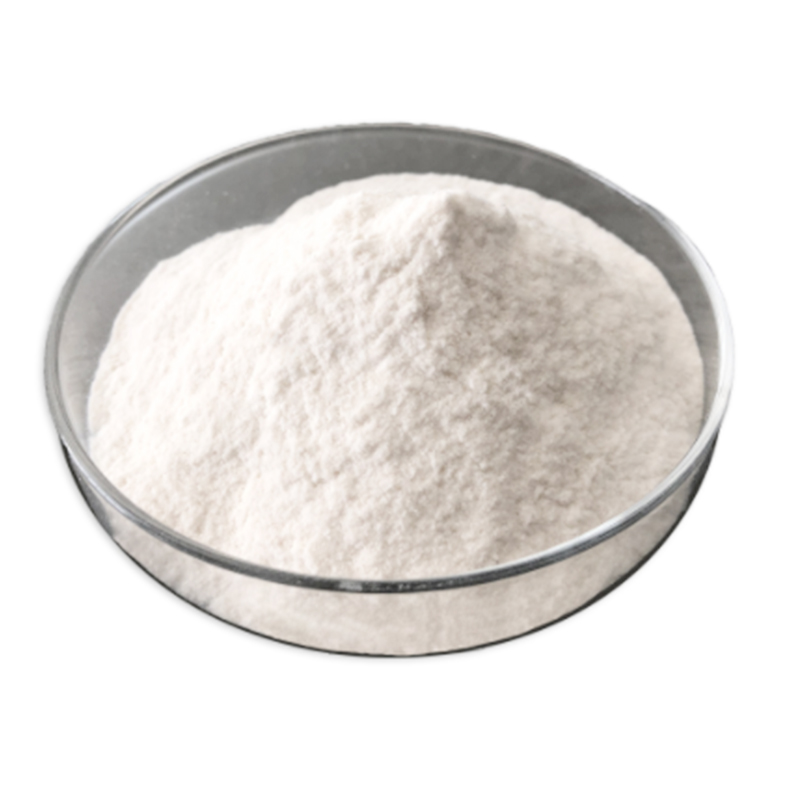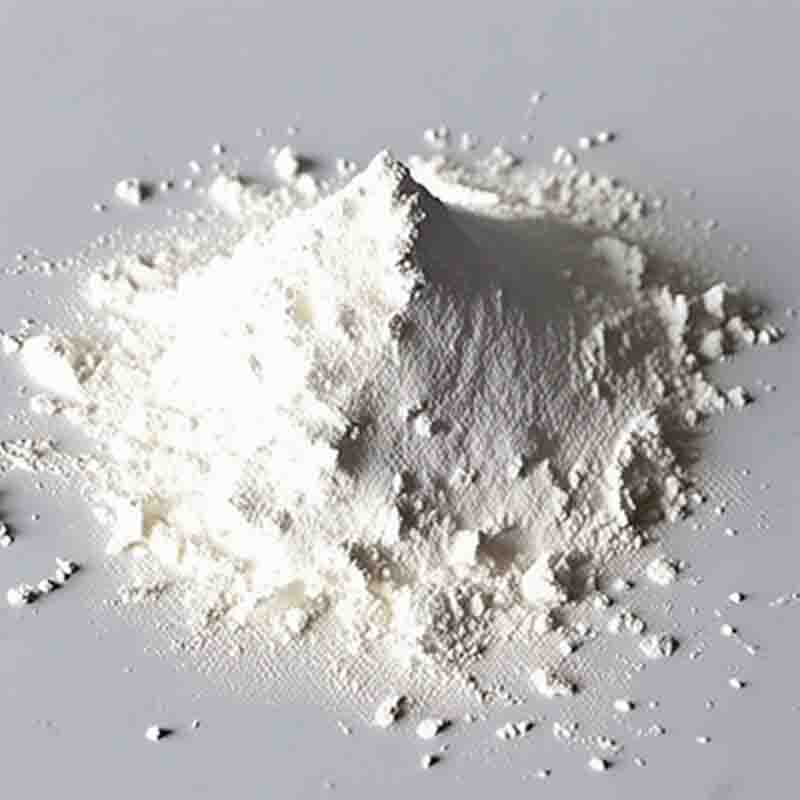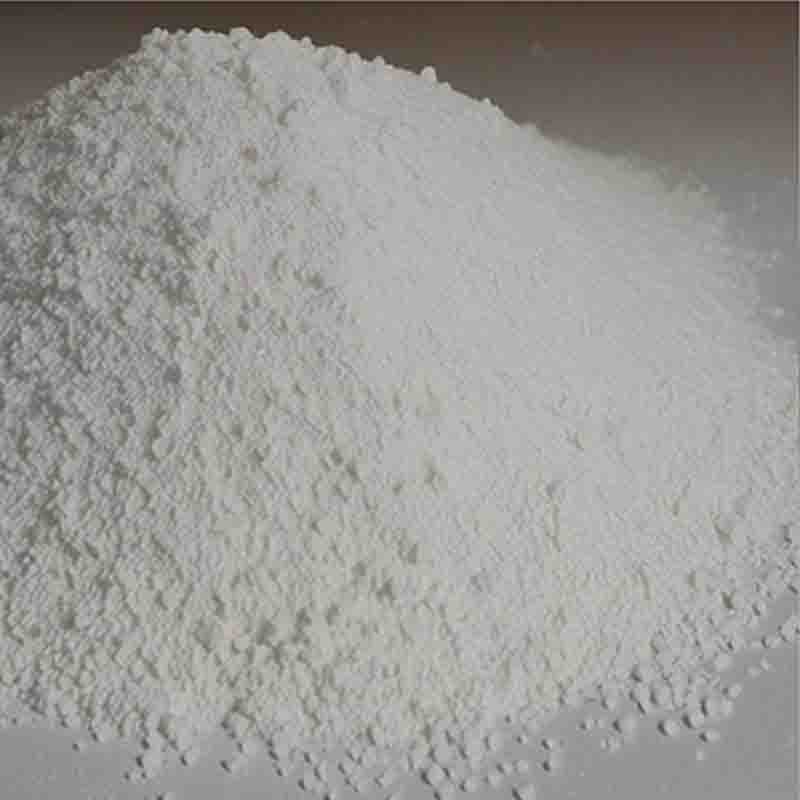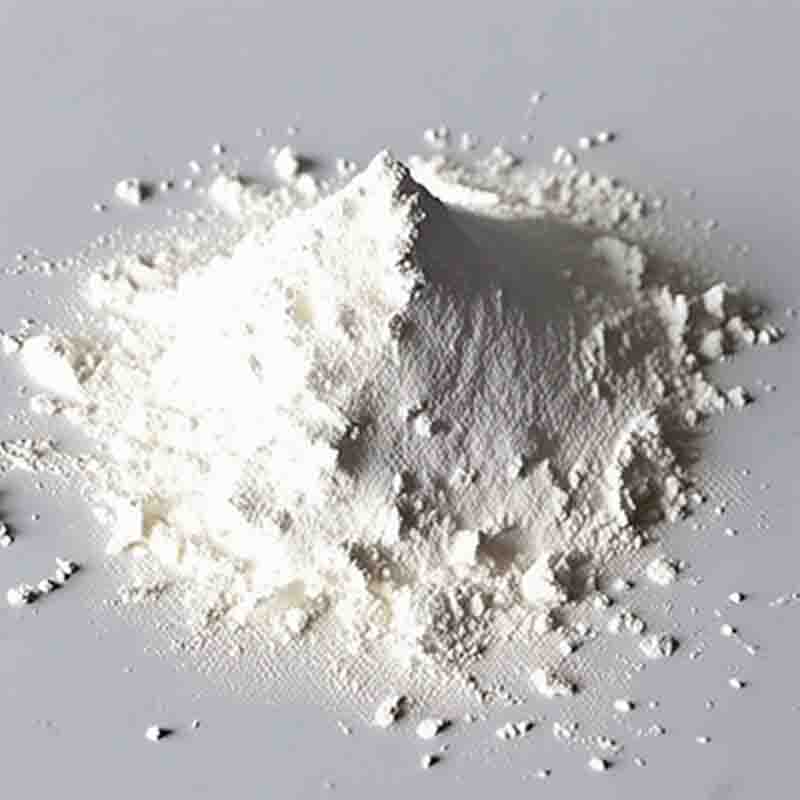(benzylamine)trifluoroboron CAS: 696-99-1
| Catalog Number | XD93298 |
| Product Name | (benzylamine)trifluoroboron |
| CAS | 696-99-1 |
| Molecular Formula | C7H9BF3N |
| Molecular Weight | 174.9592696 |
| Storage Details | Ambient |
Product Specification
| Appearance | White crystalline powder |
| Assay | 99% min |
(Benzylamine)trifluoroboron, also known as BnNH2·BF3, is a valuable reagent in organic synthesis and catalysis. It is a complex formed between benzylamine and boron trifluoride (BF3). Here is a description of its uses in about 300 words.One of the primary applications of (benzylamine)trifluoroboron is in the field of C-N bond formation. It can be used as a catalyst in various cross-coupling reactions, specifically in the formation of C-N bonds. These reactions are essential in the synthesis of pharmaceuticals, agrochemicals, and other fine chemicals. The (benzylamine)trifluoroboron complex acts as a precursor for an active intermediate that helps in the coupling of nucleophiles with aryl or alkyl halides, enabling the formation of carbon-nitrogen bonds. This C-N bond formation is crucial in constructing complex organic molecules with desired structural and functional properties.Another significant application of (benzylamine)trifluoroboron is in the field of peptide and protein synthesis. It is utilized as a protecting group for amines in solid-phase peptide synthesis and native chemical ligation. The (benzylamine)trifluoroboron complex acts as a removable protecting group that can be easily cleaved under mild conditions. It provides reliable protection to the amine functional group during various chemical manipulations while remaining stable during peptide synthesis. Once the synthesis is complete, the protecting group can be easily removed, allowing for the generation of native peptide or protein structures.Furthermore, (benzylamine)trifluoroboron finds use in the field of asymmetric synthesis. It can be employed as an organocatalyst in various enantioselective transformations. Due to its chiral nature, the (benzylamine)trifluoroboron complex can induce stereochemistry during the reaction, leading to the formation of optically pure products. It can be used in reactions such as asymmetric aldol reactions, Mannich reactions, acylations, and other carbon-carbon and carbon-nitrogen bond-forming reactions. The organocatalytic properties of (benzylamine)trifluoroboron make it a valuable tool in the synthesis of chiral intermediates and active pharmaceutical ingredients.Moreover, (benzylamine)trifluoroboron can be used in coordination chemistry and materials science. It can serve as a building block in the synthesis of metal-organic frameworks (MOFs), coordination complexes, and other functional materials. The coordination of (benzylamine)trifluoroboron with metal ions provides stability and tunability to these materials, influencing their physical, chemical, and catalytic properties. The ability to incorporate (benzylamine)trifluoroboron into these materials opens up possibilities for the design and development of new materials with applications in catalysis, gas storage, separation, and sensing.In conclusion, (benzylamine)trifluoroboron is a versatile reagent with diverse applications in organic synthesis and catalysis. Its use in C-N bond formation, peptide and protein synthesis, asymmetric synthesis, and coordination chemistry highlights its importance in various fields. The (benzylamine)trifluoroboron complex offers enhanced reactivity and selectivity, enabling the synthesis of complex organic molecules, chiral compounds, and functional materials. Its valuable properties make it an essential tool for researchers in academia and industry working towards the synthesis of new chemicals, pharmaceuticals, and materials.









